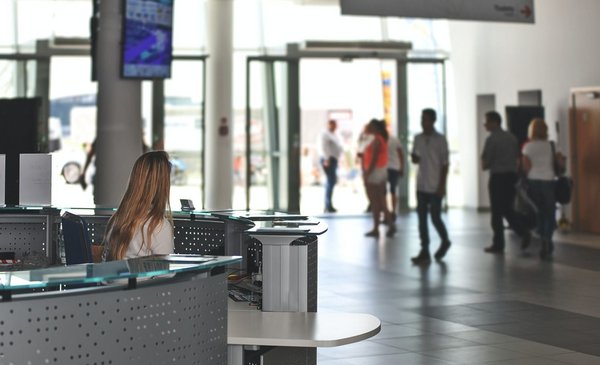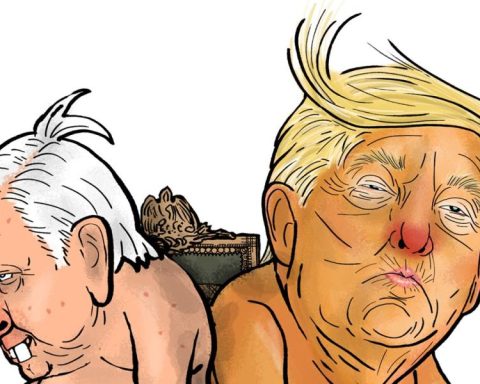Customer archetypes are a tool that helps understand the differences between customers when designing products and services.
stories make history
A few years ago Lionel, a colleague of Xn, worked at the customer service section of a very important theater in Montevideo. One of the tasks he performed was to guide the public to the indicated room and direct the spectators to the location of their seat; he was one of the “accommodators”, as they are known in the jargon. The theater offered a great variety of shows, which could be very different in terms of their content, the necessary logistics, the theater rooms they used and the diversity of the attendees who attended them.
Lionel and his colleagues were well aware of this heterogeneity and knew that the process of locating people should have their nuances or adaptations depending on the characteristics of each show and, especially, of the room in which it was presented. One of them had the peculiarity that one of the access roads had a step a little higher than normal, which meant that if someone was distracted or had any difficulty moving, they could eventually trip and fall.
In order to avoid accidents, the public attention supervisors had instructed the team of “ushers” to alert the spectators about that difference in height. And normally, that was enough. However, there were certain people in the audience who perhaps needed another kind of attention. Instinctively, Lionel varied his actions depending on the spectator he helped: if he was young, he only warned him of the uneven step, according to the instructions he had received. But if she was a very old person or she showed some difficulty walking, offering him her arm, he accompanied her to make sure that no incident occurred.
Although the latter was not the most frequent, there were specific days when the public that went to the theater was made up mostly of elderly people and the not-so-common scene of leading spectators by the arm became the norm.
Thanks to these precautions, Lionel never had to witness a fall and enjoyed expressions of gratitude from onlookers, who delightedly often remarked on his excellent care.
The customer archetypes
This brief history shows us a example of adapting a service to the specific needs of a certain type of client. Although the example is simple —“with Monday’s newspaper” Lionel’s behavior seems obvious and natural—, it allows us to extract some reflections.
The first thing that should draw our attention is that, although the risk involved in the step was identified by the theater management, the mechanism defined by them to mitigate it did not take into account the characteristics of the different people who circulated there: it was reduced to a verbal warning that was offered equally to all. It was Lionel’s empathy and initiative that led viewers who could be more vulnerable to an accident to receive differential treatment. Empathetic and proactive people on the hotline are great (even more so, it’s essential!). What is not right is that such an aspect has been left to the inspiration and good will of those who carried out the task. That procedure should have been defined by design and should have been part of the training of that team.
When two different clients interact with an organization, faced with the same sequence of events and stimuli, they will have a different perception. Although it sounds paradoxical, if we offer all customers exactly the same, we will be generating different experiences. Sometimes, very different (if not imagine the reaction of a young and healthy person whom Lionel, for security reasons, insisted on leading by the arm to his seat).
Yes OK current technology allows in some areas to customize products or services tailored to each individual, in most cases trying to reach this level is expensive, impractical or inconducive. However, there are other options in between. What Lionel was inadvertently applying was an intuitive version of the concept of customer archetypes, a tool to better understand the customers the organization is serving. Customer archetypes seek to represent subgroups within the customer segment targeted by the organization.
These subgroups are sets of customers with common characteristics and similar needs. With similar ways of thinking, doing and feeling.
People who value the same things
To define these archetypes It is necessary to identify which are the most relevant attributes when classifying our clients. In Lionel’s example, if we limit the analysis to the service provided by the “ushers”, the ability to move is a relevant attribute and would allow us to divide viewers into two subgroups: “without difficulties to move” and “with difficulties to move”. ”. An attribute is relevant to this classification if in order to delight customers belonging to different subgroups, some differentiation in the way we serve them is going to be required. Finally, for each defined subgroup the archetype is built: a detailed description (including your photo!) of a fictitious client who represents the subgroup and allows, When designing products and services, understand which aspects are essential to adjust according to the archetype to which the client belongs. It is not about providing a totally different service to each individual. But if we identify which points are most critical to the customer experience and are able to personalize them based on the differences we’ve discovered for each archetype, we can add tremendous value and make a huge difference.

















